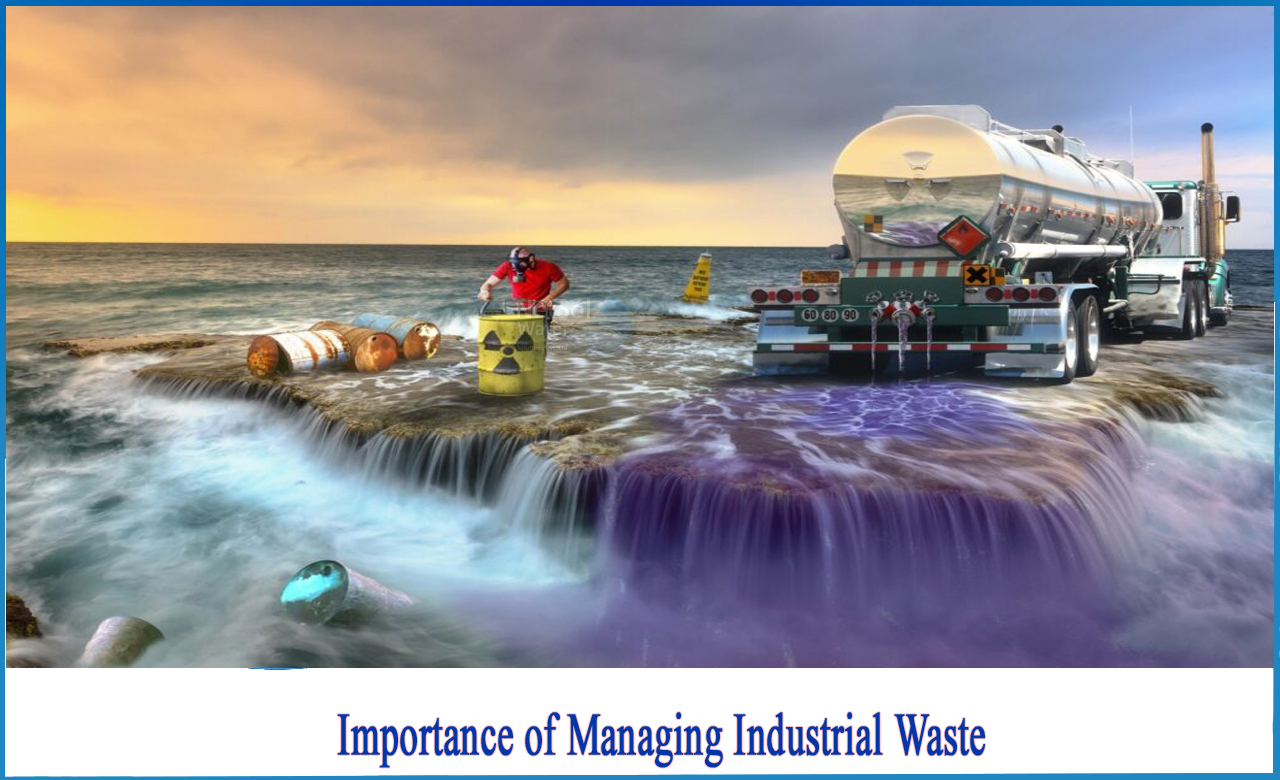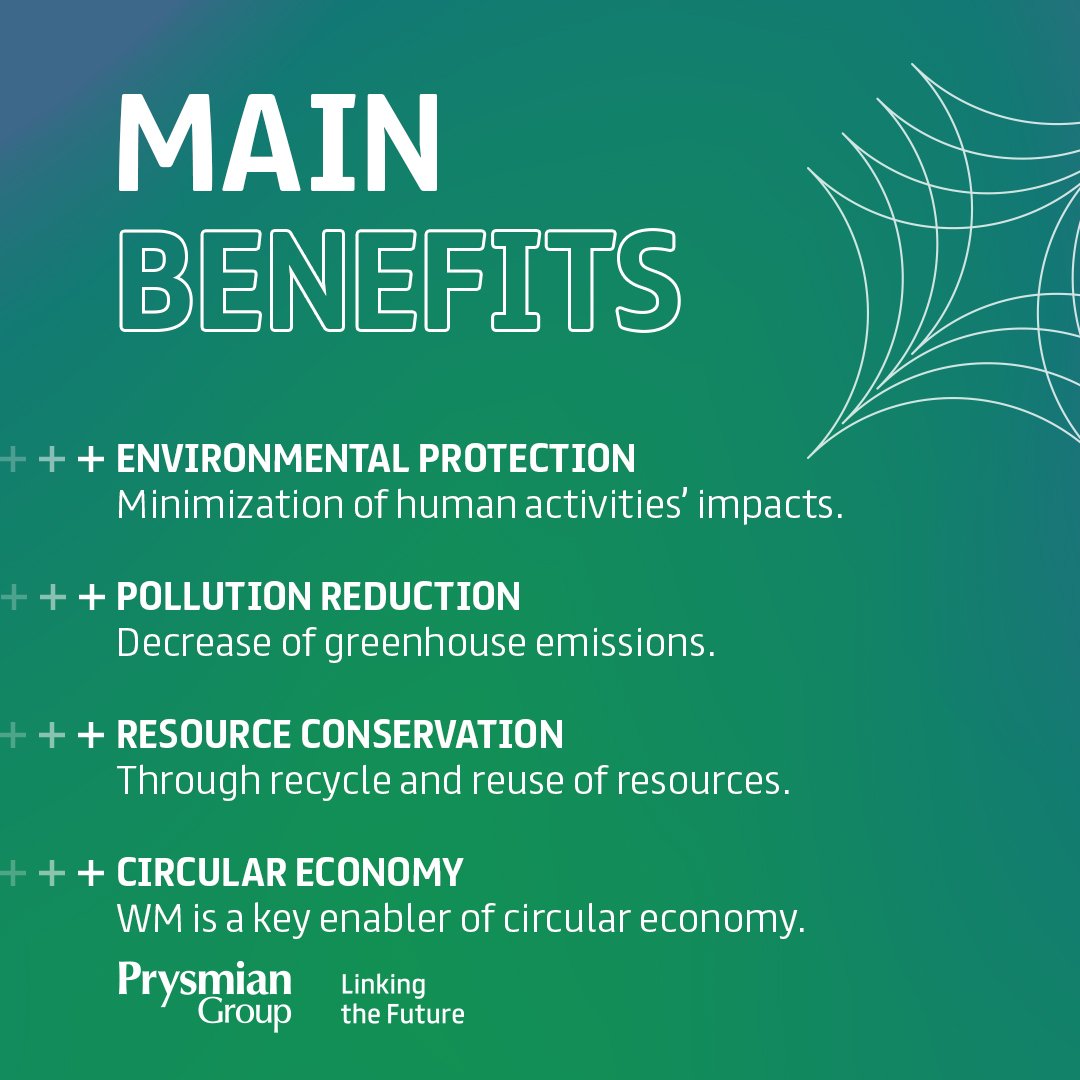Reclaim Waste Things To Know Before You Get This
Reclaim Waste Things To Know Before You Get This
Blog Article
Unknown Facts About Reclaim Waste
Table of ContentsUnknown Facts About Reclaim WasteThe Buzz on Reclaim WasteReclaim Waste Things To Know Before You BuyThe 10-Second Trick For Reclaim WasteThe 10-Minute Rule for Reclaim WasteNot known Incorrect Statements About Reclaim Waste

Never place unsafe compounds down sinks, toilets or stormwater drains pipes Materials consisting of fuel, grease, oil, chemicals and herbicides, and solvents such as paint strippers ought to not be put down sinks, toilets or stormwater drains. These compounds are hard to remove in the sewage therapy procedure and create air pollution problems in our local waterways.

Fluid waste is a term that covers a wide variety of materials, there's a good factor why leaving its disposal to the experts is recommended. Liquid waste is non-solid product that has no further use and needs to be treated and gotten rid of according to regional, state and government laws.
Getting The Reclaim Waste To Work
Although examples of liquid waste can include wastewater, fats, oils or oil, made use of oil, fluids, solids, gases or sludges and unsafe household fluids, there are some that are taken into consideration to be more dangerous than others when it pertains to the environment and the health of pets and human beings alike. It's therefore that each state and region have actually rigorous policies linked to fluid waste monitoring.
Fluid waste can be saved in holding storage tanks or packaged in drums, intermediate mass containers or approved small containers prior to either being treated or eliminated via outsourced vacuum cleaner trucks. Offered the nature of the materials, fluid waste can not go in the basic waste stream and there are strict laws on exactly how to take care of it properly.
(https://slides.com/reclaimwaste1)Depending upon a decision of the degree of danger, it may be needed to remediate those sites. In enhancement, dangerous liquid chemical wastes are controlled waste and must be tracked according to the state waste legislation. Under the chain of safekeeping and responsibilities, proprietors are responsible and responsible for waste created by a company.
One of the core applications for superabsorbent polymers (SAPs) is fluid waste solidification. liquid waste disposal. SAPs are utilized by waste management experts to stop possibly dangerous fluids from getting in rivers, groundwater aquifers, and other delicate environments. Since fluids can rapidly deliver impurities into ecological receptors and possibly add to geotechnical failures, fluid wastes are almost always forbidden from disposal in land fills
Reclaim Waste Fundamentals Explained
Basically, totally free liquids are liquids that separate from the solid portion of waste material. Liquid waste can include the following: HDD mud and cuttings Landfill leachate Wastewater treatment sludge & biosolids Dug up sediments Oil and gas drill cuttings Working out fish pond muck Hydro Excavation slurry Coal combustion residuals/ash Tank base sludge Concrete grinding/polishing slurry Associated Post: For a functional example of totally free liquids dividing from waste product, think about the following circumstance: A waste monitoring specialist tons a dump associate sludge from a wastewater therapy plant's oygenation basin, during a regular maintenance occasion.
When the chauffeur arrives at the land fill, he notices water leaching from the sludge and putting from the dump truck. The lots was denied by the garbage dump and the chauffeur was forced to get rid of the waste as a fluid waste at a special center, which boosted the disposal fees greatly.
The globe is drowning in rubbish and we can not afford to be untrustworthy any longer. We need to do something about it and reuse whatever we can wherever we can. We likewise require to be in charge of the proper disposal of our waste materials. It is insufficient that we pay waste disposal companies to look after our rubbish.
The Ultimate Guide To Reclaim Waste

Segregating your waste can start inside visit the home. Segregate dry and liquid waste as well as edible waste, naturally degradable and non-biodegradable materials.
You can make use of old garbage can, bucket, garden pot or old plastic drums. Pierce four to five openings in the container so the air can flow. Layer the base with dirt to absorb the wet waste. Start the composting process. Layer the compost with damp and completely dry waste as well as dirt to maintain an equilibrium in between the damp and the completely dry.
A Biased View of Reclaim Waste
To promote faster decay, you can also include semi composted soil to the compost. If you notice the odor is ending up being too solid, include additional papers and paper waste or add even more openings to the compost container to keep the equilibrium of the waste materials.
We additionally need to be accountable for the proper disposal of our waste products. It is not enough that we pay waste disposal business to take treatment of our rubbish.
Our waste, our responsibility. Have you ever questioned what happens to your liquid waste after it's accumulated? Did you recognize that liquid waste can be recycled?
Reclaim Waste for Dummies
Segregating your waste can start inside the home. Segregate dry and fluid waste as well as edible waste, eco-friendly and non-biodegradable products.
You can make use of old trash can, container, garden pot or old plastic drums. Drill 4 to 5 openings in the container so the air can distribute. Layer all-time low with soil to absorb the wet waste. Start the composting process. Layer the garden compost with damp and dry waste in addition to soil to maintain an equilibrium between the wet and the dry.
To help with faster decomposition, you can also include semi composted soil to the garden compost. If you notice the odor is becoming as well strong, include extra newspapers and paper waste or add even more holes to the garden compost bin to maintain the equilibrium of the waste products.
Report this page